Growing mushrooms at home is a rewarding and enjoyable hobby. Mushrooms are a great addition to any diet, providing essential nutrients and unique flavors. With the right techniques, you can grow a variety of mushrooms in your own home, whether you have a garden or just a small indoor space.
Other Topics You Might Like
Helpful Products You Might Like
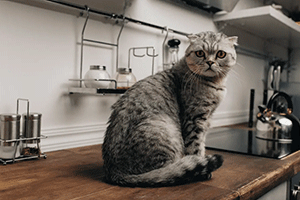
Product Name
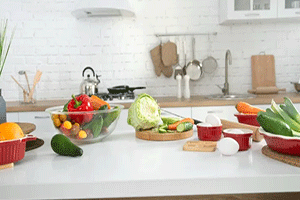
Product Name
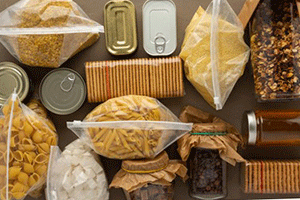
Product Name
"(Paid Links)" 
Choosing the Right Mushroom
Popular Types for Home Growing
Some popular mushrooms for home growing include.
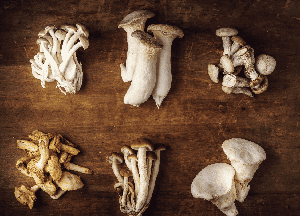
Factors to Consider
Consider factors like the space available, your experience level, and the specific requirements of each mushroom type when choosing which to grow.
Preparing the Growing Medium
Types of Growing Mediums
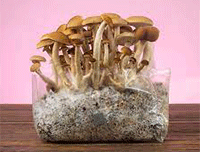
Different mushrooms require different growing mediums. Common mediums include straw, wood chips, sawdust, and compost. Oyster mushrooms, for example, grow well on straw, while shiitake mushrooms prefer hardwood sawdust.
Sterilizing the Medium
Sterilizing the growing medium is crucial to prevent contamination. This can be done by pasteurizing the medium in hot water or using a pressure cooker.
Inoculating the Growing Medium
How to Inoculate
Inoculation involves introducing mushroom spores or mycelium to the prepared growing medium. This can be done using a spore syringe or grain spawn. Ensure you work in a clean environment to avoid contamination.
Tips for Successful Inoculation
Distribute the spores or spawn evenly throughout the medium. Keep the medium at the right moisture level and avoid exposing it to direct sunlight.
Maintaining the Right Environment
Temperature and Humidity Control
Most mushrooms thrive in a humid environment with temperatures between 55°F and 75°F. Use a humidifier and monitor temperature to maintain optimal conditions.
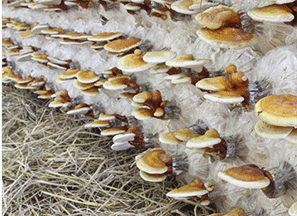
Light and Ventilation Requirements
Mushrooms need indirect light and good air circulation. Avoid placing them in direct sunlight, which can dry out the growing medium.
Harvesting Mushrooms
Signs That Mushrooms Are Ready to Harvest
Mushrooms are ready to harvest when the caps have fully opened but before the gills release spores. For oyster mushrooms, this is usually when the edges of the caps start to flatten.
Proper Harvesting Techniques
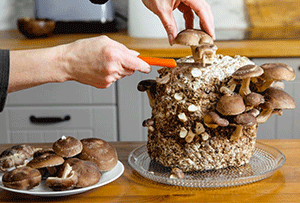
Use a sharp knife or scissors to cut the mushrooms at the base. Avoid pulling them out, as this can damage the mycelium and affect future growth.
Storing and Using Mushrooms
Storage Tips to Keep Mushrooms Fresh
Store harvested mushrooms in a paper bag in the refrigerator. Avoid plastic bags, as they can trap moisture and cause the mushrooms to spoil.
Culinary and Medicinal Uses
Mushrooms can be used in a variety of dishes, from soups and stir-fries to salads and pasta. Some mushrooms, like shiitake, also have medicinal properties and can be used in teas or supplements.
Troubleshooting Common Problems
Identifying and Solving Issues Like Contamination or Poor Growth
Common issues include mold contamination and poor mushroom growth. Ensure your growing medium is properly sterilized, and maintain the right environmental conditions to prevent these problems.
Conclusion
Growing mushrooms at home is a fun and sustainable way to enjoy fresh, delicious mushrooms year-round. With a bit of effort and the right techniques, anyone can become a successful mushroom grower.
